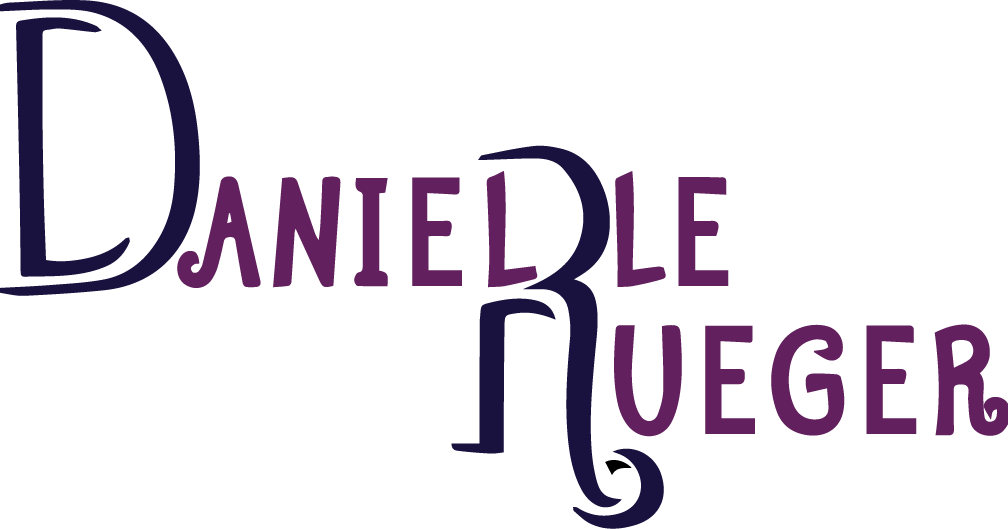Hiring a Children’s Book Illustrator? What to Include in the Contract
Whether you’re an author who is hiring a children's book illustrator for the first time or an illustrator who has just been selected for your first children’s book - congratulations! After having reviewed all those portfolios and submitting character sketches with bated breath, having finally found your match can feel like a relief. But now that you’ve found each other, you may be wondering, what exactly comes next?
While different publishers, authors, and illustrators might have slight variations on what they include, once you’ve selected/been hired as a children’s book illustrator, the next step is to establish a contract. Independent children’s book authors and illustrators who have a pre-existing personal relationship may be tempted to skip this step - don’t! Even if you trust the other person, the contract is crucial in making sure that both parties have the same expectations.
The party responsible for creating the contract depends on the method of publishing. If someone is self-publishing a children’s book and using an independent freelance illustrator, typically the illustrator is expected to create the contract. If working with a publisher, whether hybrid or traditional, the publisher will typically have a standard contract - in fact, the contract may be solely between the publisher and the illustrator, without the author ever even seeing it. Illustrators, just because it’s used frequently, doesn’t mean you shouldn’t still carefully review a contract from a publisher before signing.
What to Include in a Contract for Children’s Book Illustration:
The scope of the project: This should cover how many illustrations are expected, the sizes, and the style that these illustrations should be completed in.
Legalities: For example, the contract should hold the illustrator harmless if the author has committed any copyright infringement. As an illustrator, you always want to protect yourself from being held responsible for things that are outside the scope of your work.
Payment: It’s important to have in writing the agreed upon amount and the schedule for how those payment(s) will be made. Depending on preferences and experience, this schedule can vary. Some illustrators, for example, require half the payment upfront and the 2nd half before releasing the final images. Other illustrators prefer to establish more milestones for payment to make sure the author is happy with the work done so far before continuing. To learn more about different payment schedule options and determine which one might be right for you, check out this helpful article from the Freelancers Union.
A Timeline: The contract should detail the expected turnaround times for both the illustrator and the author, to make sure the project doesn’t stall.
Contract Termination: One of the most important, and yet frequently ignored components of a contract is how to get out of it. It is crucial to make clear at what points and in what ways the contract can be terminated by either party, if at all.
Contract Violations: Despite everyone having the best intentions, a situation may arise that results in a violated contract. As an author, you want to make sure you receive the quantity and quality of work you’ve been promised, when you were promised it. As an illustrator, you want to make sure you protect the time and effort you have already put into the project. That’s why it’s important to consider adding stipulations about kill fees, late fees, and other fees that may apply if any element of the contract is not executed properly. If you’re in the Cleveland area like I am and you need help with adjusting or enforcing a contract, you could even potentially reach out to Volunteer Lawyers for the Arts, which provides income-eligible artists in Northeast Ohio artists with free access to legal services.
Once everything has been laid out, it is important that both parties carefully review and sign the contract. If this seems like a lot, before you get stressed, remember that there are additional methods of getting help! Organizations like AIGA (The Professional Association for Design) have resources, including a standard form of agreement, to get you started. You’re also welcome to check out an example of a contract I created specifically for a children’s book illustration project (note that all information specific to the client/project details has been redacted).
Congratulations again on having made a match, and good luck!
